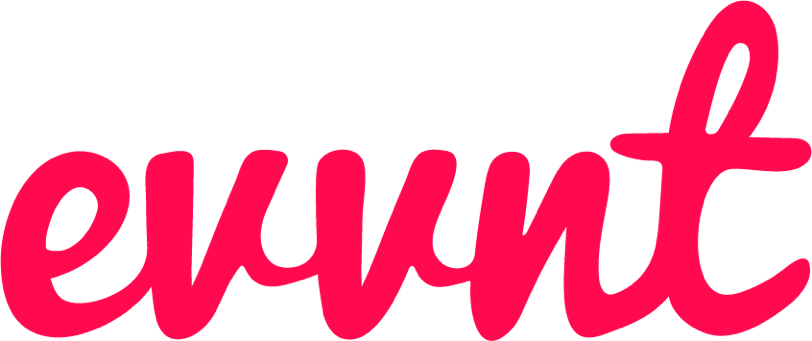Email marketing is a powerful tool for businesses to connect with their audience, but understanding the benchmarks for crucial metrics like bounce rates, click-through rates, open rates, and more is essential for success. In this blog post, we’ll explore these metrics and provide guidance on what to aim for in your email campaigns.
Before we dive in, are you aware that we offer an event email marketing tool? It allows you to promote your event to a targeted list of contacts who have opted in, categorized by event type and location. Find out more here.
Bounce Rate: Clearing Out the Clutter
When you send your first email to a list, it’s common to encounter a bounce rate of up to 20%. This initial spike usually occurs as you clean out any inaccurate or outdated data from your mailing list. However, for subsequent mailings, your bounce rate should drop significantly to just 1% or 2%. If you continue to experience higher bounce rates, you should examine your list source and data collection practices for accuracy.
Click-Through Rate: The Power of Engagement
Click-through rates (CTR) are influenced by numerous factors, including content, design, offers, industry, and the effectiveness of your call to action. Given the variability, it’s best to refer to industry-specific benchmarks for email marketing CTR. This ensures you have a more accurate reference point for your campaigns.
Open Rate: Mastering the Art of Engagement
Email open rates can vary widely across different industries, but we recommend aiming for a 10-30% open rate or higher. Achieving a high open rate is influenced by factors like the ‘From’ name, subject line, and snippet text or preview pane. As you gain experience with email marketing, you’ll refine your understanding of what constitutes a normal open rate for your specific audience.
Unsubscribe Rate: Retaining Your Audience
Ideally, your unsubscribe rate should remain below 2%. However, it’s not uncommon to experience higher rates initially, especially when mailing to new subscribers. To mitigate this, consider running opt-in campaigns and leverage the reporting tools provided by your email marketing platform to analyze subscriber engagement. A significant increase in unsubscribe rates could indicate that your emails are perceived as irrelevant or too frequent.
Email Length: Short and Sweet
While there’s no strict minimum or maximum length for emails, shorter emails tend to perform better. They should offer key information in an easily digestible format, encouraging the recipient to take action. If you need to provide extensive information, consider including a link to your website. Over time, most email marketers opt for shorter, more concise emails based on the feedback and behaviour of their audience.
Subject Line Length: Keep It Concise
Email subject lines should ideally stay between 50-60 characters to ensure they aren’t cut off by different email providers’ display settings. However, it’s worth noting that very short or longer subject lines can also be effective, depending on your specific audience. To determine the best approach, run tests to see what resonates most with your subscribers.
Tips on Event Email Marketing: Timing, Sequences, and Cadence
To make the most of your event marketing campaigns, consider building momentum and excitement with a well-structured email sequence that includes a link to your event listing and ticket checkout page in every email.
- Start by sending a teaser email well in advance of the event, to generate initial interest.
- Follow up with more detailed information, such as speaker/performer profiles or agenda highlights, about 2-3 weeks prior.
- As the event date approaches, increase the frequency of your emails, sending reminders and last-minute updates 1-2 weeks before.
- For the final push, a day or two before the event, consider sending a countdown email to create a sense of urgency.
As for timing, research suggests that Tuesday and Thursday mornings tend to yield higher open rates, but it’s essential to A/B test your audience to determine the best times for engagement. Maintaining a consistent schedule and segmenting your audience based on engagement levels are additional best practices to consider for successful event marketing campaigns.
You can also reach potential attendees using our event email campaign service.
For more in-depth industry benchmarks on email marketing metrics, you can refer to reputable sources like:
These sources provide insights to help you gauge the performance of your email marketing campaigns in comparison to industry standards.
Understanding email marketing benchmarks and best practices can help you achieve higher engagement and ticket sales for your future events.

